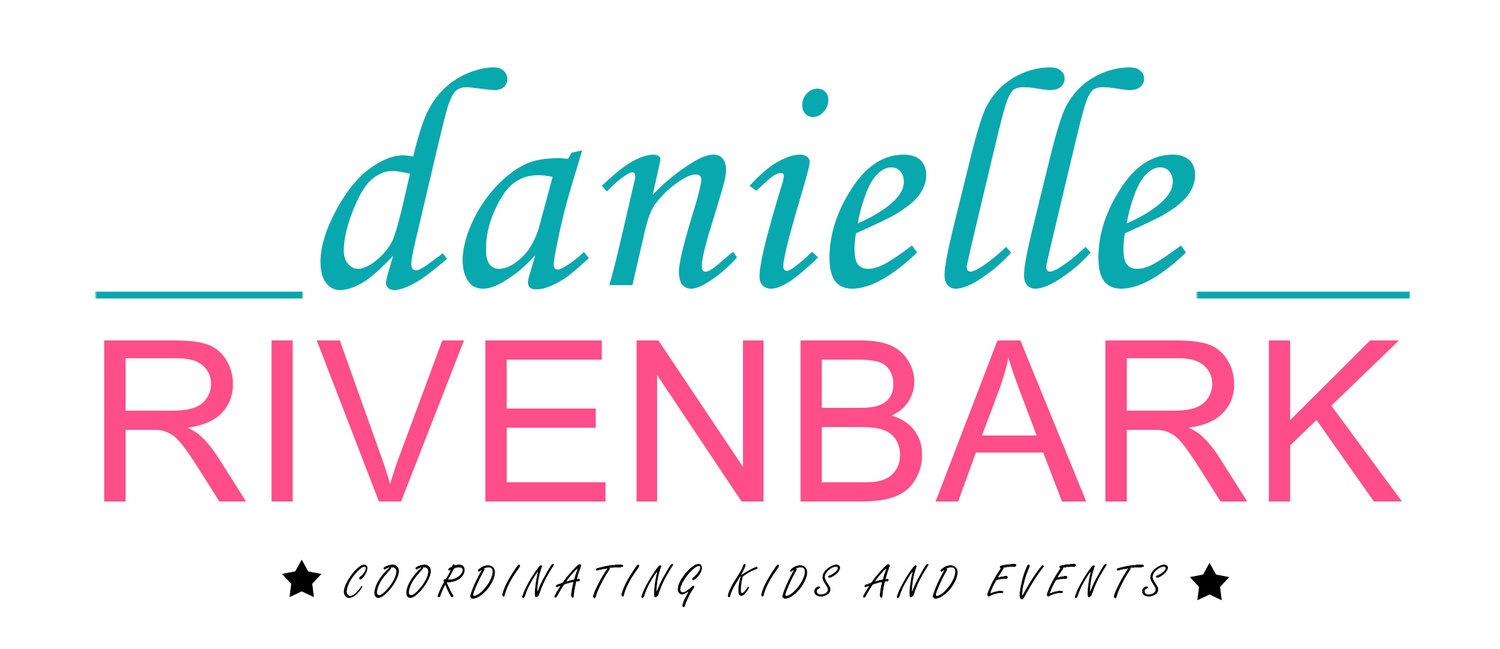A few weeks ago I had a program and our parking deck had filled up. We always send out instructions to our clients about what to do in case that happens. Our emails often contain lots of information about the course, where to find online materials, parking, and other contact information. I realized, after I was abrasively told by a speaker that couldn't find parking, that perhaps my instructions about parking weren't clear.
I sprang into action.
Upon being told that a speaker was having trouble finding parking I followed up with email instructions on what to do. I learned that there was a sign in the overflow lot that said, "Lot Reserved". Of course I knew that it was reserved for our clients, but that wasn't apparent to the speaker, which I could definitely understand in hindsight.
I think we often assume that because we know something that everyone knows it. When our speaker parked and walked to the building she was very frustrated. I tried to be as understanding as possible, and I have to say that I learned a lot, even if our speaker was mad.
It is important to receive feedback. Most times when I receive feedback it is not because someone is very angry with me. Usually, whoever I'm interacting with is thoughtful about the feedback they are giving, but nonetheless feedback can only help us improve, even if that means dealing with a frustrated customer.
Even though my interaction with the upset speaker was tense (and I felt awful) I knew that this was an opportunity to improve a process.
What I learned
Just because I know something doesn't mean everyone else does
We have to be clear in our communication with others about expectations, how to complete certain tasks, and what to do in the event of an emergency or other scenario that our attendees might encounter. We have to think through these items as planners and communicate it effectively.
Make your communication clear
While I thought the instructions on where to go and what to do were succinct in my correspondence, I learned that I was making a lot of assumptions. For example, I know that the lot reserved is for our group. I also know that you might have to take a ticket to enter, but upon exiting you just tell the person on duty that you're a client and show your parking pass and you are able to exit. These are things that were not abundantly clear in my communication.
Put your communication in multiple places
While my email had the information contained in it about what to do if the parking lot next to the building was full, not everyone has access to a smartphone. Because of this interaction with our speaker, we came up with an idea to include refined language on the physical pass directly about what to do if our lot is full and how to get to the overflow lot. It is a work in progress, but without this incident we would have never known.
Filter through the anger to get the message
This is something that I learned a long time ago. When people are frustrated they just want to be acknowledged. While I tried to do my best in this particular situation, I have found that I have become desensitized to angry people.
In my previous job, I worked with clients from Italy. The culture there is to be forceful to get your point across even if you're not actually mad. If you're nice, you're viewed as being less intelligent. Thus, I was yelled at from time to time even if my clients weren't actually mad at me. I learned to not take their frustrations personally and instead get to the root of the message they were trying to convey. The result, I have become more open to feedback and don't take anything as a personal attack.
Conclusion
I am really sorry that I provided what was perceived to be poor service. Yet, I'm grateful for the feedback. It sounds cheeky to say, "Thank you for yelling at me," but I truly do mean it. The opportunity that arose from it to improve a process was fantastic and I am very grateful for it.
Don't get me wrong, no one likes being yelled at, not even me, but you have to sometimes get through the rain to see the rainbow on the other side.
